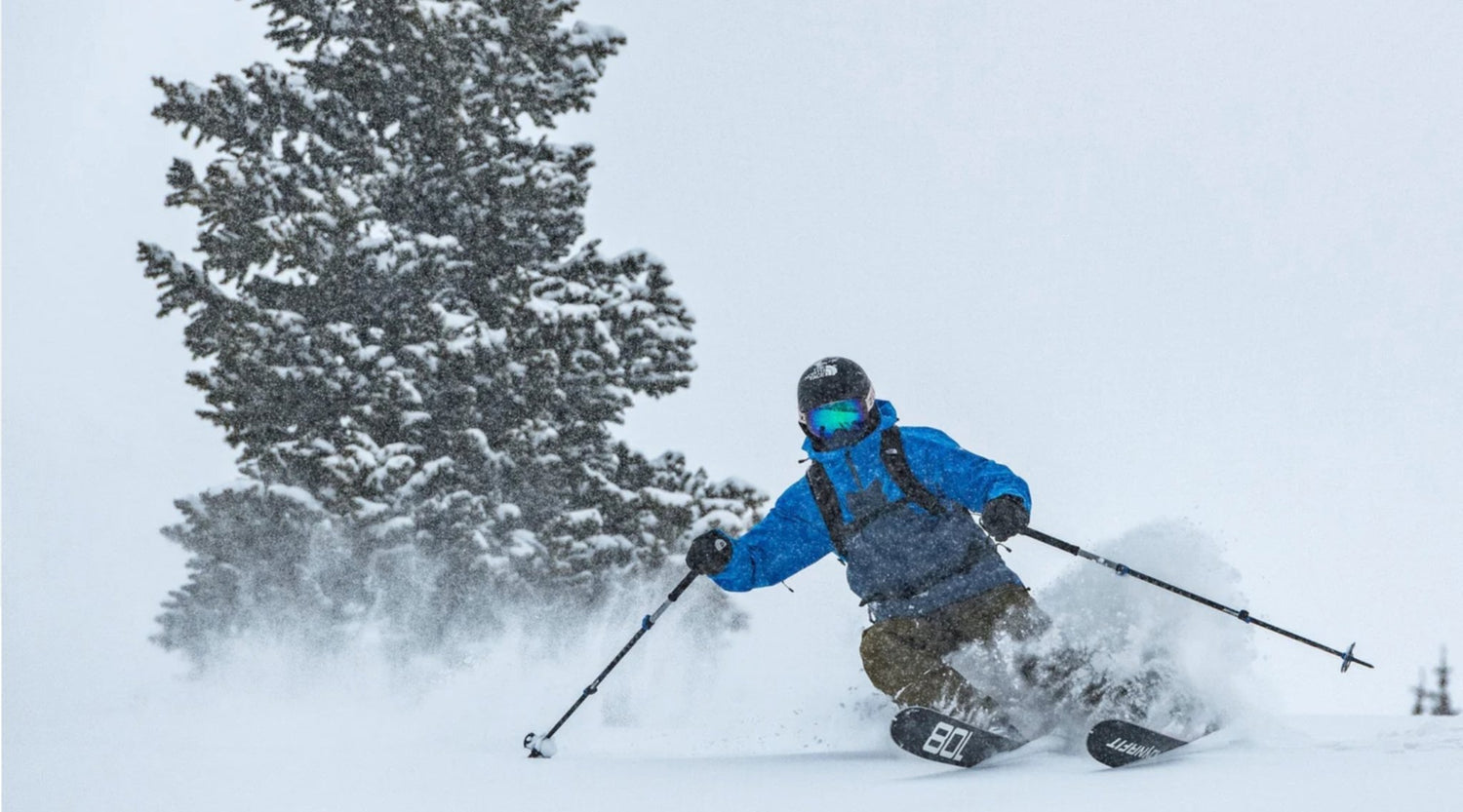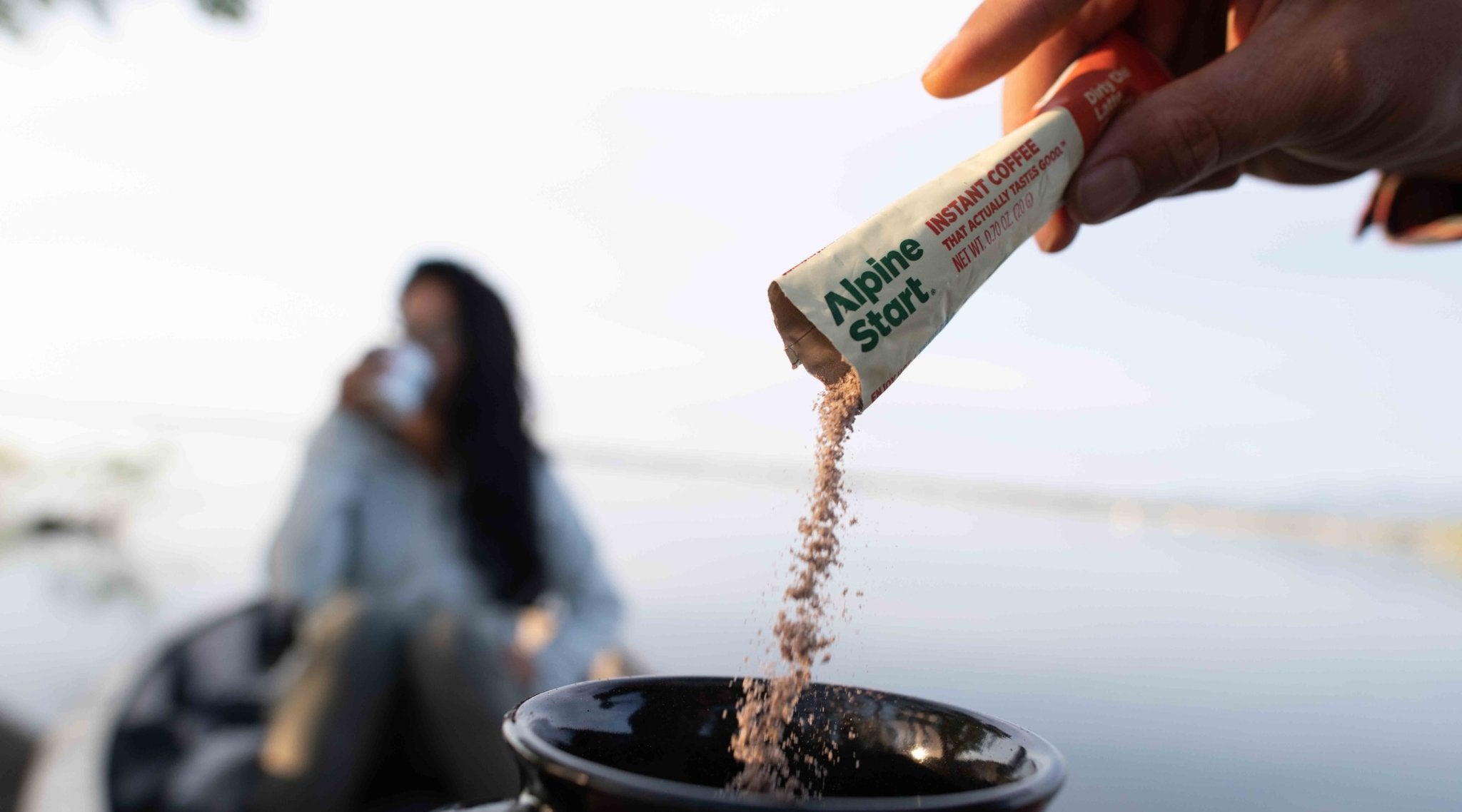I’ve been patiently waiting for the snow to fall. It seems like most states in the American West are having one of the driest winters in the last 60 years. This feels extra depressing especially since last winter was one of the biggest winters in the last 100 years with numerous ski towns hitting record highs in recorded snowfall. Growing up in Florida and focusing on climbing in my early years didn’t allow me to spend much time on the snow. In fact, I didn’t start skiing until I was in my late 20’s and it wasn’t until last year that I truly fell in love with winter. I tried to log as many days as possible - it didn’t matter if I was touring in the backcountry or skiing at the resort - I took every opportunity I had to go ski.
In an intimate blog for La Sportiva I recently wrote:
“It was as if I was cheating on my one true love with a sneaky snowy mistress. I felt weak in the arms and was only enjoying the kiss of the sun from my skis. I maintained a mediocre relationship with climbing only by a few gym days or hang board sessions a week. It felt stale; my 20-year love affair with climbing had become monotonous.”
Needless to say, I was really excited to ski! Since this season has already been so light on snow, and powder days have been few and far between, I decided to take advantage of the little early season snow we had and further my avalanche safety learning. I traveled to Lake Tahoe, California to take my AIARE Level 1 course at Squaw Valley with Alpenglow Expeditions. I really didn’t know what to expect, but I knew it was time to begin acquiring more skills for safe travel in the mountains. I had the itch for skiing and needed to do something about it.
In recent years I’ve lost one too many friends to completely avoidable accidents in the mountains. Skiing is similar to climbing, it’s really safe until it’s not. It’s up to the participant to have “good” judgment and weigh his or her own risk to reward. The only way to do this is to constantly be learning and stay current with all the latest training.
The first day of the course focused on snow science… and this Florida kid felt in way over his head. There’s so much to learn - from reading terrain, to different kinds of avalanches, to the anatomy of a snowflake. There’s a lifetime of science out there and it’s easy to feel to overwhelmed. The course just scratched the surface of all there is to learn.
Learning about snow science was fascinating. I felt the most valuable aspect of the course was learning the importance of teamwork and communication. At the end of the day you can know all there is to know about the science, but it’s us humans that make the decisions. Choosing the right partners and not being scared to communicate is what’s ultimately going to keep you safe in the mountains.
I was warned most people walk out of their AIARE 1 courses simply horrified. It is a scary thought, there are so many things that can go wrong in the mountains and it is purely up to you to assess the situation and stack all the odds in your favor. Some ask why even bother? Why participate in an activity that has the potential to be dangerous? I don’t have a great answer to this question - besides I simply can’t imagine a life not spent in the mountains.
So be safe out there! Take the time to do your research, head out with a good crew and always remember - at the end of the day it’s supposed to be fun. Below are a few links dive more into avalanche safety.
The American Institute for Avalanche Research and Education
Colorado Avalanche Information Center




Leave a comment
This site is protected by hCaptcha and the hCaptcha Privacy Policy and Terms of Service apply.